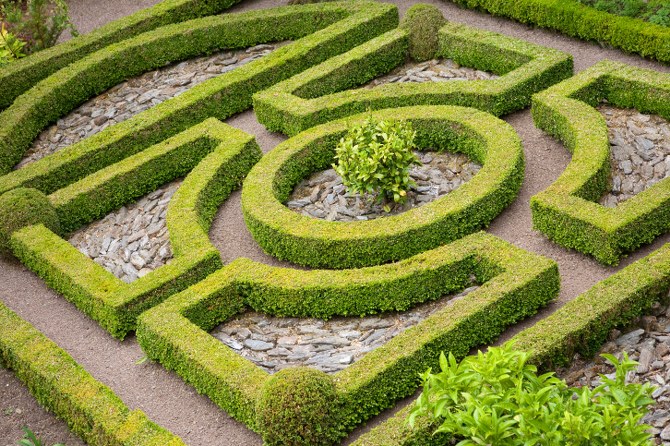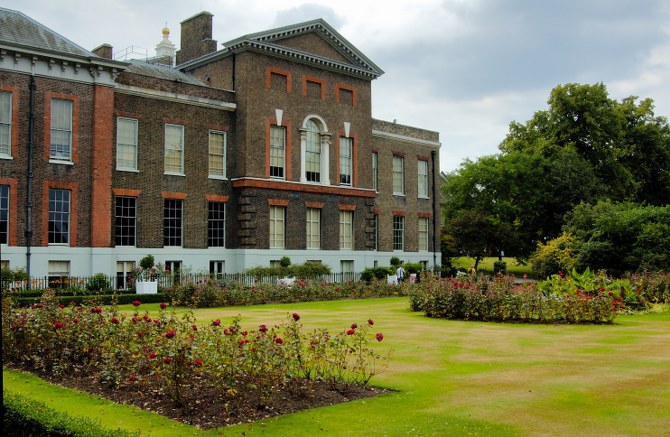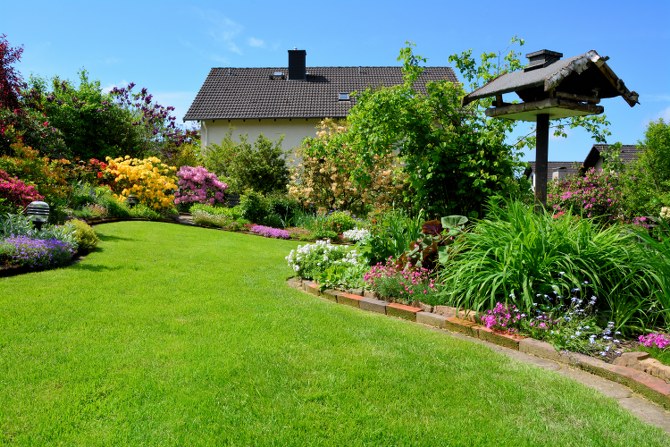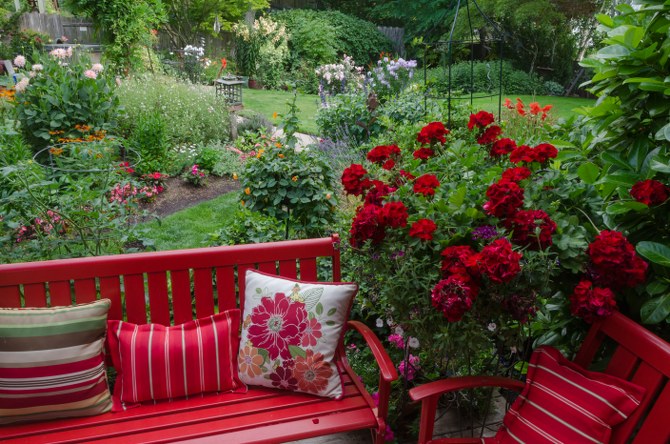Evolution of the British Garden
Posted on 19/10/2020
How Has The British Garden Evolved Over The Years?

The British have always loved their gardening; it's one of the nation's classic pastimes, but that doesn't mean things haven't changed over the years. So how has the British garden evolved over the years?
Back in the Middle Ages monasteries across Britain were the first locations to start introducing gardens into the mix, and at the time these were designed to house herbs and edible foliage to supply the monks. Garden care became one of the primary roles for monks during this time, and in terms of design large spaces with a central focus such as a fountain were popular.
Moving on a few years to the Tudor period, gardens became more of a fashion statement and were less focused on practicality. It saw a rise in hedges as a focal point, with many mazes being created out of these hedges, with garden design evolving into something to accommodate long walks in the garden. The classic knot garden was also first seen during this time, which is a garden pattern characterised by square designs and scented flowers and plants adding to the effect.
After this period came the gardens of the Stuart era where landscape gardeners began introducing elements from gardens across Europe. This including the use of much more statues and ornaments in the landscaping, along with long avenues of paving, topiaries and much larger garden areas than in previous years.
The gardens of the Georgian period changed once again and saw more greenery and less paving, with a more open feel to gardens. Many large gardens for manor houses of this time were in fact opened up to the public, making them feel more like local parks than private gardens. Garden services saw more natural and traditional elements of garden design coming back into fashion, and there was far less ornamental design. Part of the drive was due to Georgian families using their gardens as locations for games such as bowels and croquet, giving it a central role in the family life, making garden maintenance a hugely important task.
Bright colours and exciting new flowers were common in the evolution of gardens into the Victorian period, and rather than squares of the Tudor period, circles were very popular. Gardens of all sizes saw a more formal design come into play, and gardens were used far less for family and social activities, instead becoming an artistic centrepiece for the home.
And from then until today the British garden has continues to evolve. And with so much inspiration from the designs of the previous eras, gardens now incorporate a huge range of artistic designs. Many gardeners of today like the ease of simple gardens, with lawn care becoming a key focus for a keen gardener. There is also more emphasis on enjoying the garden without necessarily having to spend ages tending to it, so the use of a gardening company to do tasks such as lawn mowing and planting is increasingly popular.
But lawn maintenance isn't the only thing people hire gardening services for in the modern age, there is a trend for letting someone else do everything from planting to watering, from landscape design to tree trimming. Flowers, ornaments, hedges, and wildlife-attracting designs are all commonplace in today's gardens, making them a haven for those enjoying them. But one thing that has come back into fashion is the use of the garden as a social hub, with many families using their outside space to host parties, BBQs and generally spend time with loved ones. It's exciting to imagine what the next evolution of the British garden will be.




